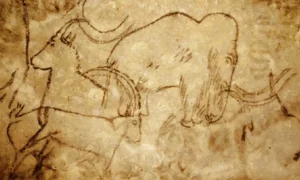The Grotte de Rouffignac, also known as the Cave of the Hundred Mammoths, is a prehistoric cave located in the Dordogne department in France. Renowned for its Paleolithic cave paintings and carvings, this site is a treasure trove of ancient art. The cave extends over 8 kilometers and contains over 250 engravings and drawings that have been preserved for thousands of years. The artwork predominantly features mammoths, hence the cave’s nickname, but also includes depictions of rhinoceroses, horses, and bison. The Grotte de Rouffignac is part of the UNESCO World Heritage list, recognized for its outstanding contribution to the understanding of prehistoric Europe.
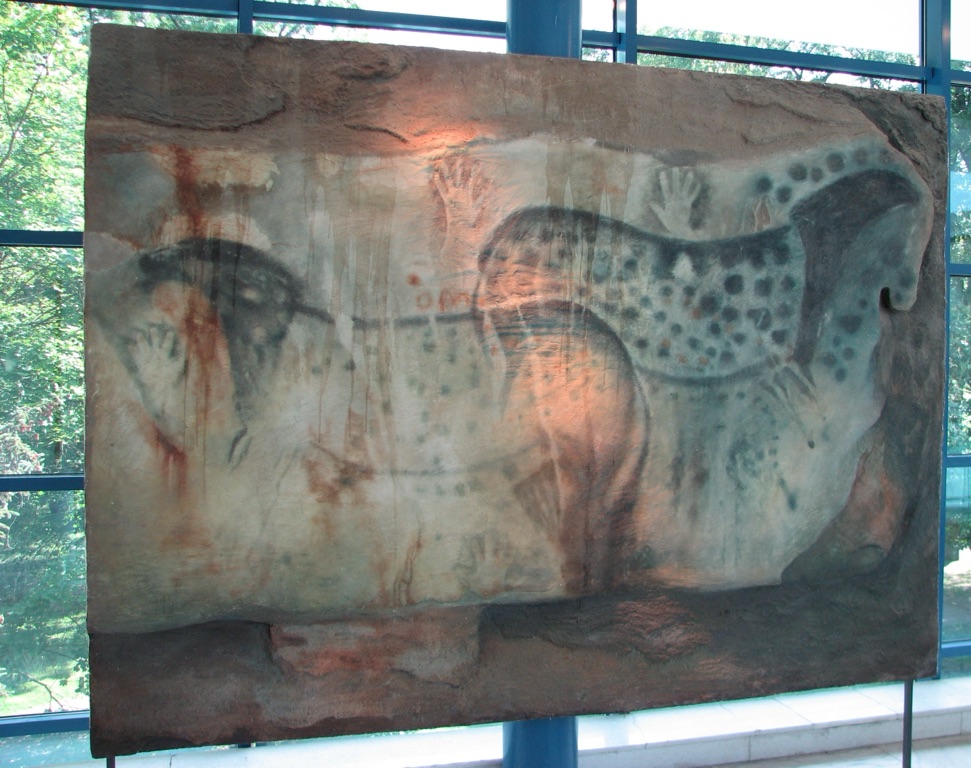
Grotte du Pech-Merle
The Grotte du Pech-Merle is a prehistoric cave located in the Lot department of France. It stands out as a significant archaeological site due to its remarkable cave paintings and geological formations. These artworks, some of which date back approximately 25,000 years, offer a window into the lives and artistic expressions of our Paleolithic ancestors….
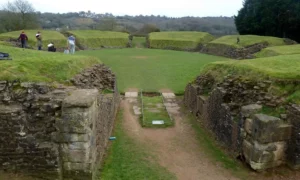
Caerleon Roman Fortress and Baths
The Caerleon Roman Fortress and Baths, located in South Wales, stand as a testament to the might and organization of the Roman Empire. This site was a significant military outpost and a hub of daily life for Roman soldiers. The fortress, known as Isca Augusta, was one of only three permanent legionary fortresses in Britain. The baths complex, with its sophisticated heating systems and architecture, highlights the Romans’ advanced engineering skills. Today, the remains of this ancient site offer a glimpse into Roman military life and leisure activities over a thousand years ago.
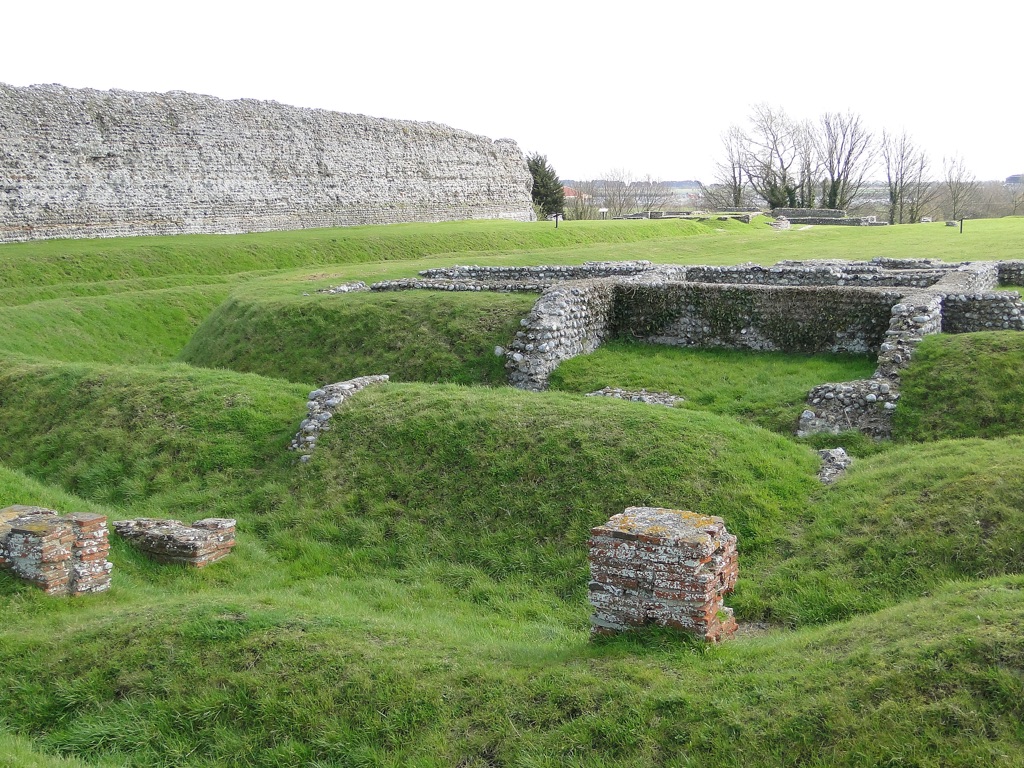
Richborough Roman Fort and Amphitheatre
The Richborough Roman Fort and Amphitheatre, located in Kent, England, stands as a significant archaeological site. It marks the place where the Romans launched their successful invasion of Britain in AD 43. Over time, it evolved from a military fort to a civilian town and, eventually, a monumental arch. The site includes the remains of…
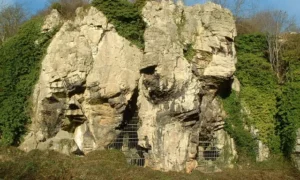
Creswell Crags
Creswell Crags is a limestone gorge dotted with caves and smaller fissures. It’s situated on the border between Derbyshire and Nottinghamshire in the UK. Famous for its Paleolithic archaeology, the site boasts evidence of human activity dating back around 43,000 years. It’s a treasure trove of history, with Ice Age art, ancient animal remains, and tools discovered within its caves. Creswell Crags serves as a window into the lives of our distant ancestors, offering insights into their daily lives, survival strategies, and artistic expressions.
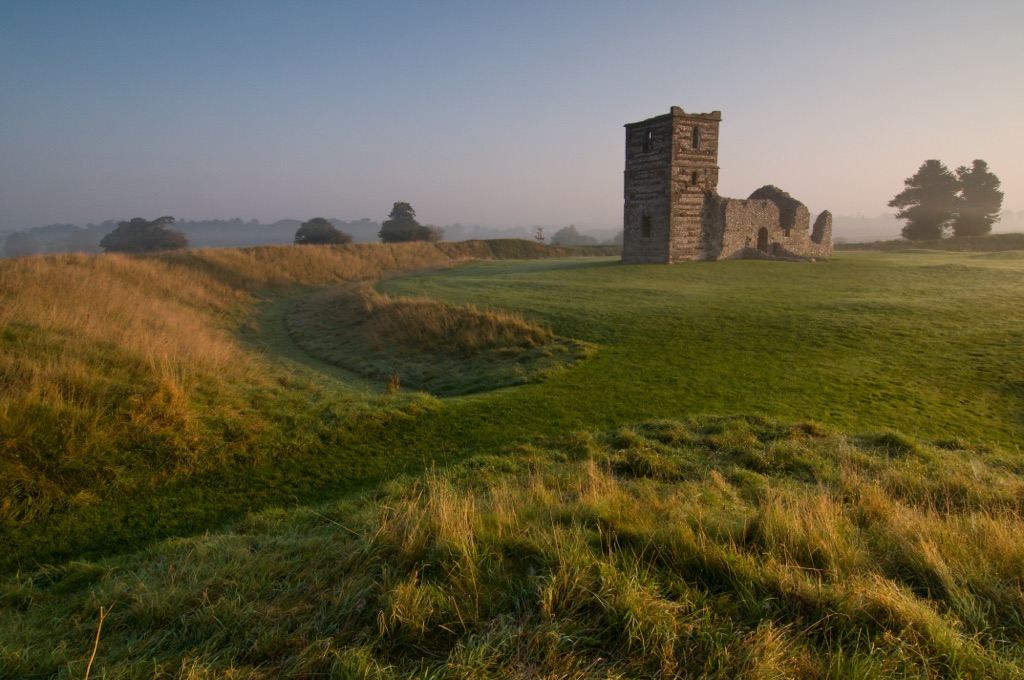
Knowlton Church and Earthworks
Nestled in the lush Dorset countryside lies Knowlton Church and Earthworks, a site steeped in history and mystery. This ancient place comprises the ruins of a Norman church at the center of a Neolithic henge, creating a unique blend of Christian and pagan landscapes. The earthworks, which are older than the church, hint at the…

